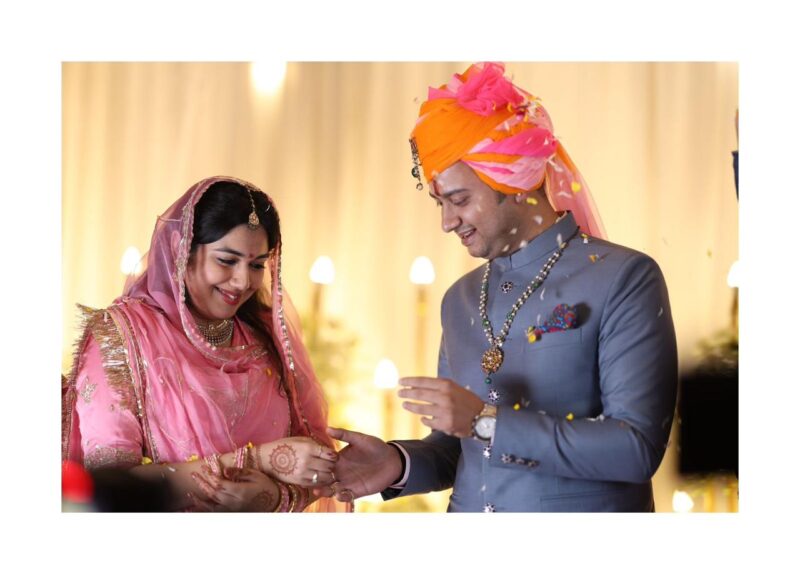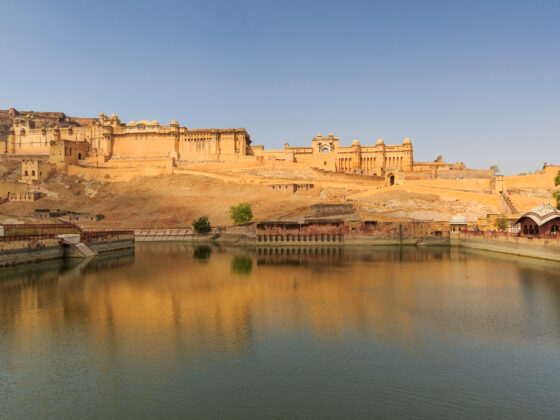The Role of Indian Royals in Preserving Cultural Heritage has been instrumental in maintaining India’s rich traditions, historical landmarks, and indigenous art forms for future generations. For centuries, Indian royal families have been the guardians of the country’s rich cultural heritage. Even after the abolition of princely states, many Maharajas and Maharanis continue to safeguard historic palaces, ancient traditions, and indigenous art forms. Their contributions extend beyond mere preservation. By promoting heritage tourism, supporting artisans, and restoring historic landmarks, they ensure that India’s glorious past remains alive.

1. Restoration of Palaces and Forts
To preserve India’s architectural legacy, several Indian royals have transformed their ancestral palaces and forts into heritage hotels, museums, and cultural centers. This initiative not only maintains the structural beauty of these landmarks but also creates employment and promotes tourism. As a result, visitors can explore India’s royal history while local communities benefit economically.
✔ Examples:
- Umaid Bhawan Palace, Jodhpur – Transformed into a luxury hotel and museum by the Jodhpur royal family.
- City Palace, Jaipur – Still home to the royal family, this palace is now a popular tourist destination.
- Lake Palace, Udaipur – Originally a summer retreat, it now functions as a world-famous heritage hotel.
By restoring these structures, royal families contribute to the protection of centuries-old craftsmanship, paintings, and architectural styles that might otherwise deteriorate over time.
2. Revival of Traditional Arts and Handicrafts
Historically, Indian royalty has been a patron of fine arts, textiles, and jewelry-making. Today, their efforts continue through active support for artisans and initiatives that sustain dying crafts. By organizing exhibitions, collaborating with designers, and partnering with government initiatives, they help preserve India’s artistic heritage.
✔ Notable Contributions:
🖌️ The Jaipur Royal Family promotes blue pottery, block printing, and meenakari jewelry.
🧵 The Maharanis of Kutch have worked to revive Kutchi embroidery and Rogan art.
💎 The Nizams of Hyderabad’s legacy continues to influence traditional pearl and diamond craftsmanship.
Their involvement ensures that traditional Indian art forms remain accessible and relevant to newer generations.
3. Preservation of Festivals and Rituals
Many royal families still observe ancient festivals and rituals, ensuring their continuity for future generations. These celebrations not only uphold traditions but also attract visitors, significantly contributing to heritage tourism. Additionally, they provide artisans and performers with a platform to showcase their talents.
✔ Famous Royal Festivals:
🎭 Mysore Dasara (Wodeyar Dynasty) – A grand 10-day festival celebrating Goddess Chamundeshwari, featuring a majestic elephant procession.
🏹 Dussehra in Kullu (Kullu Royal Family) – A unique festival where over 200 deities are carried in a royal procession.
🐫 Pushkar Camel Fair (Rajput Royals) – Originally a royal tradition, now an international cultural event.
Through these celebrations, Indian royals ensure that traditional music, dance, and religious practices remain an integral part of the country’s identity.
4. Contribution to Heritage Tourism
Heritage tourism has become a major industry in India, and royal families play a key role in its growth. By converting forts and palaces into luxury hotels, museums, and event venues, they allow visitors to experience the grandeur of India’s past. Furthermore, these efforts help raise awareness about the importance of historical preservation.
✔ Impact on Tourism:
- Boosts local economies by creating jobs in hospitality and handicrafts.
- Attracts foreign tourists, helping promote Indian culture on a global scale.
- Preserves cultural landmarks while generating sustainable income.
Hotels like Taj Rambagh Palace (Jaipur), Neemrana Fort Palace (Alwar), and Samode Palace (Rajasthan) offer an authentic royal experience while keeping heritage sites well-maintained.
5. Supporting Educational and Cultural Institutions
Several royal families have established trusts, schools, and cultural foundations to educate people about India’s history and traditions. By funding these institutions, they help ensure the preservation of historical knowledge and artistic expression.
✔ Examples:
🎓 Maharaja Sayajirao University, Baroda – Founded by the Gaekwads of Baroda, this institution promotes higher education.
📚 Chhatrapati Shivaji Maharaj Vastu Sangrahalaya, Mumbai – A museum established with royal patronage.
🎭 Jodhpur RIFF (Rajasthan International Folk Festival) – Organized under the patronage of the Jodhpur royal family to celebrate folk music and arts.
Their contributions not only safeguard India’s heritage but also encourage young minds to take an interest in history and culture.
Conclusion: Royals as Cultural Ambassadors
Although Indian royals no longer rule kingdoms, they remain guardians of India’s cultural heritage. Their efforts in restoring monuments, reviving traditional arts, promoting festivals, and supporting education play a crucial role in keeping India’s past alive. Without their contributions, many historic traditions might have been lost over time. The Role of Indian Royals in Preserving Cultural Heritage continues to be vital in safeguarding ancient monuments, reviving traditional arts, and promoting cultural festivals that reflect the nation’s legacy.
Would you like to visit a royal palace or experience a heritage festival? Share your thoughts in the comments!








